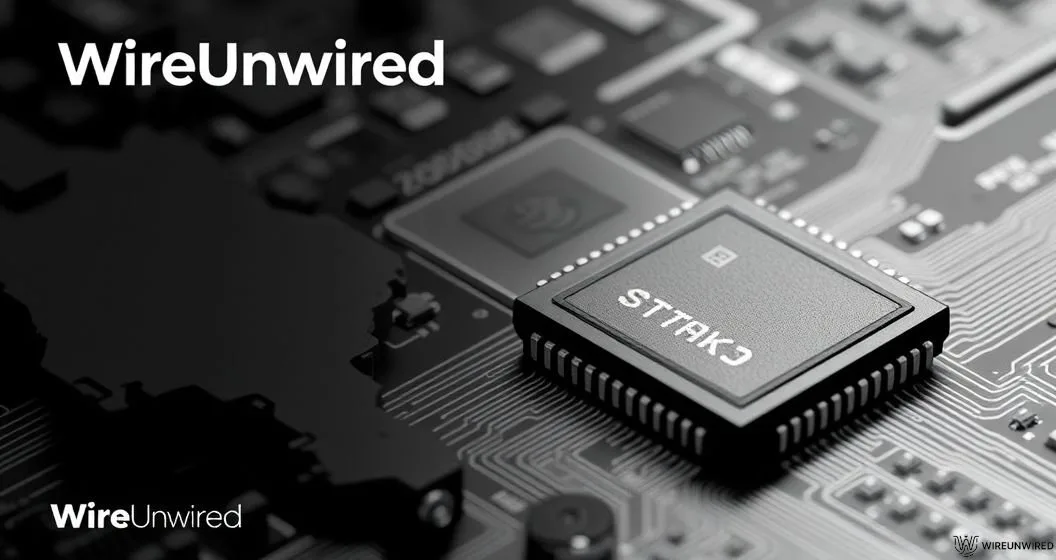Key Insights
- China’s imports of Japanese semiconductor equipment and chips have sharply declined into late 2025, signaling a strategic push for domestic self-reliance.
- Chinese semiconductor companies like NAURA and AMEC are capturing market share in critical sectors such as dry etching and physical vapor deposition, challenging Japanese dominance.
- Industry analysts see the decline as a milestone for China’s tech ambitions, while Japanese and Korean competitors adjust strategies in response.
China’s Declining Japanese Chip Imports Signal 2025 Semiconductor Self-Reliance
China’s imports of Japanese semiconductor equipment and chips have continued to fall through October 08, 2025, marking a pivotal shift in the region’s technology landscape. This trend is widely interpreted by industry experts as clear evidence of China’s drive toward semiconductor self-reliance, with domestic manufacturers rapidly gaining ground in sectors previously dominated by Japanese suppliers. Techovedas reports that Chinese firms have begun to capture market share in critical equipment categories, including dry etching and physical vapor deposition.
Domestic Players Rise: NAURA and AMEC Challenge Japanese Dominance
Once a dominant force in China’s semiconductor supply chain, Japanese corporations such as Tokyo Electron, Ebara, Nikon, Hitachi, and Kokusai are now losing market share as Chinese companies like NAURA and AMEC expand their presence. According to ChosunBiz, NAURA—often dubbed ‘China’s AMAT’—has exceeded a 12% global market share in dry etching and physical vapor deposition equipment. AMEC, another domestic leader, has also recorded a notable 6% share in the dry etching segment. The improvement in production quality and stability, coupled with government incentives, has enabled these firms to compete directly with Japanese and American equipment manufacturers.
“As some Chinese corporations are improving production stability and quality levels, competition in the domestic market is becoming increasingly fierce. In particular, INJET and NAURA are expanding their deliveries with equipment manufacturers and fabs, strengthening their position in key components.” — ChosunBiz
Also Read :Moore Threads IPO Approval Signals China’s GPU Industry Surge
Japanese and Korean Competitors Adjust Strategies Amid Shifting Market
The decline in Japanese imports has had ripple effects across East Asia. Japanese firms, which once stood alongside American giants, have seen their market share in the global semiconductor equipment market drop to just 21.7% by the end of last year, trailing behind Europe. This marks a stark contrast to the 1990s, when Japanese companies dominated the sector. ChosunBiz highlights that Korean equipment firms are seizing new opportunities: sales of Korean semiconductor equipment to China rose by 42.4% last year, surpassing $1 billion in revenue. Korean corporations are increasingly favored by Chinese buyers seeking high-precision, high-reliability equipment for next-generation computing chips.
Also Read :Japan’s Chemical Giants Pivot to Semiconductor Materials as AI Drives Chip Demand
Industry Reaction: A Milestone for China’s Technology Ambitions
Regional analysts across East Asia view China’s declining reliance on Japanese chip imports as a watershed moment in the nation’s technological ascent. While Japanese business leaders express concern about losing competitiveness, Chinese commentators frame the development as a positive step toward technological sovereignty. Korean outlets note the market opening for their own equipment manufacturers as China diversifies its supplier base. The shift is most intensively covered in East Asian business and technology news, with global media beginning to take notice as the implications for supply chains and innovation become clear.
Discover more from WireUnwired Research
Subscribe to get the latest posts sent to your email.




